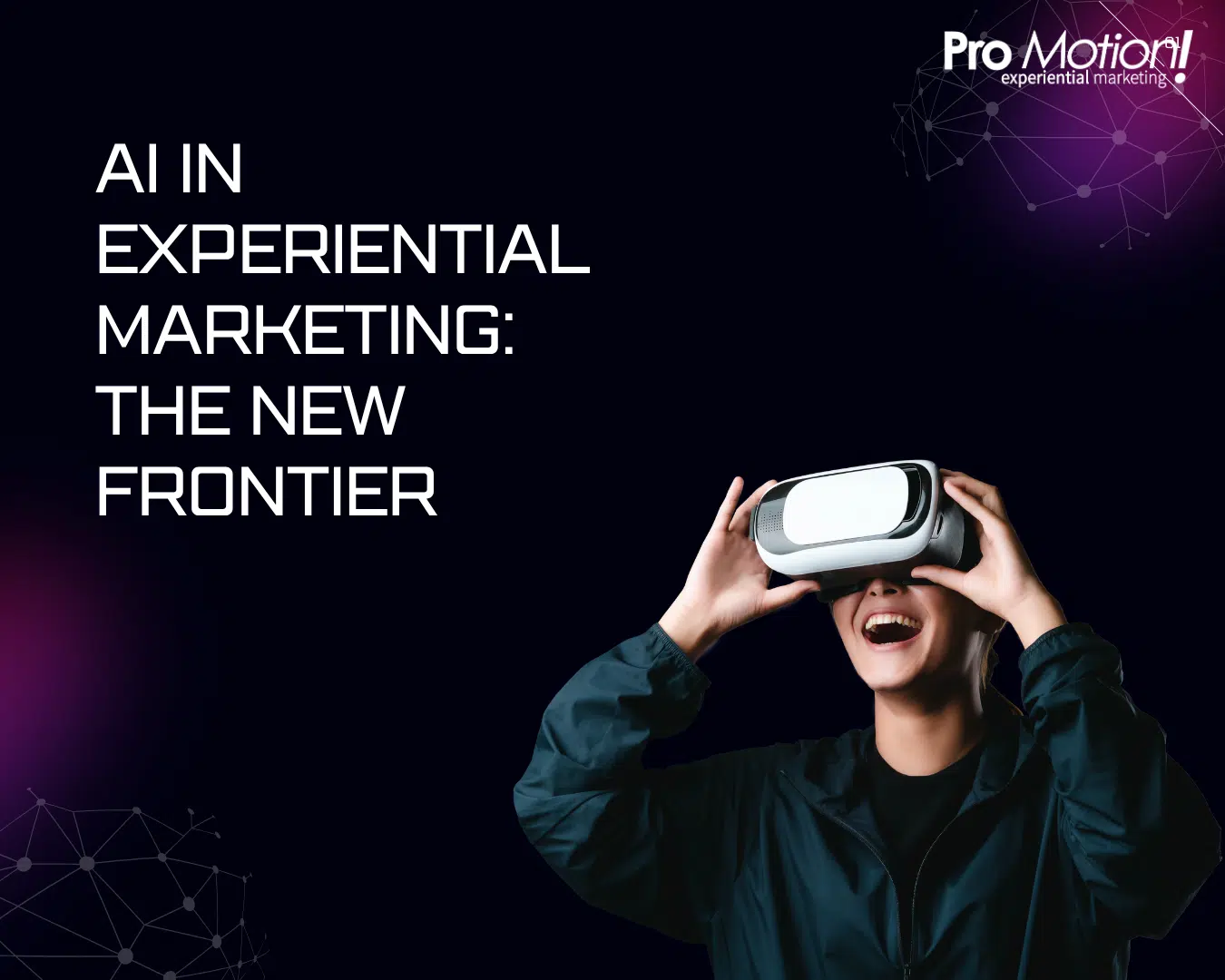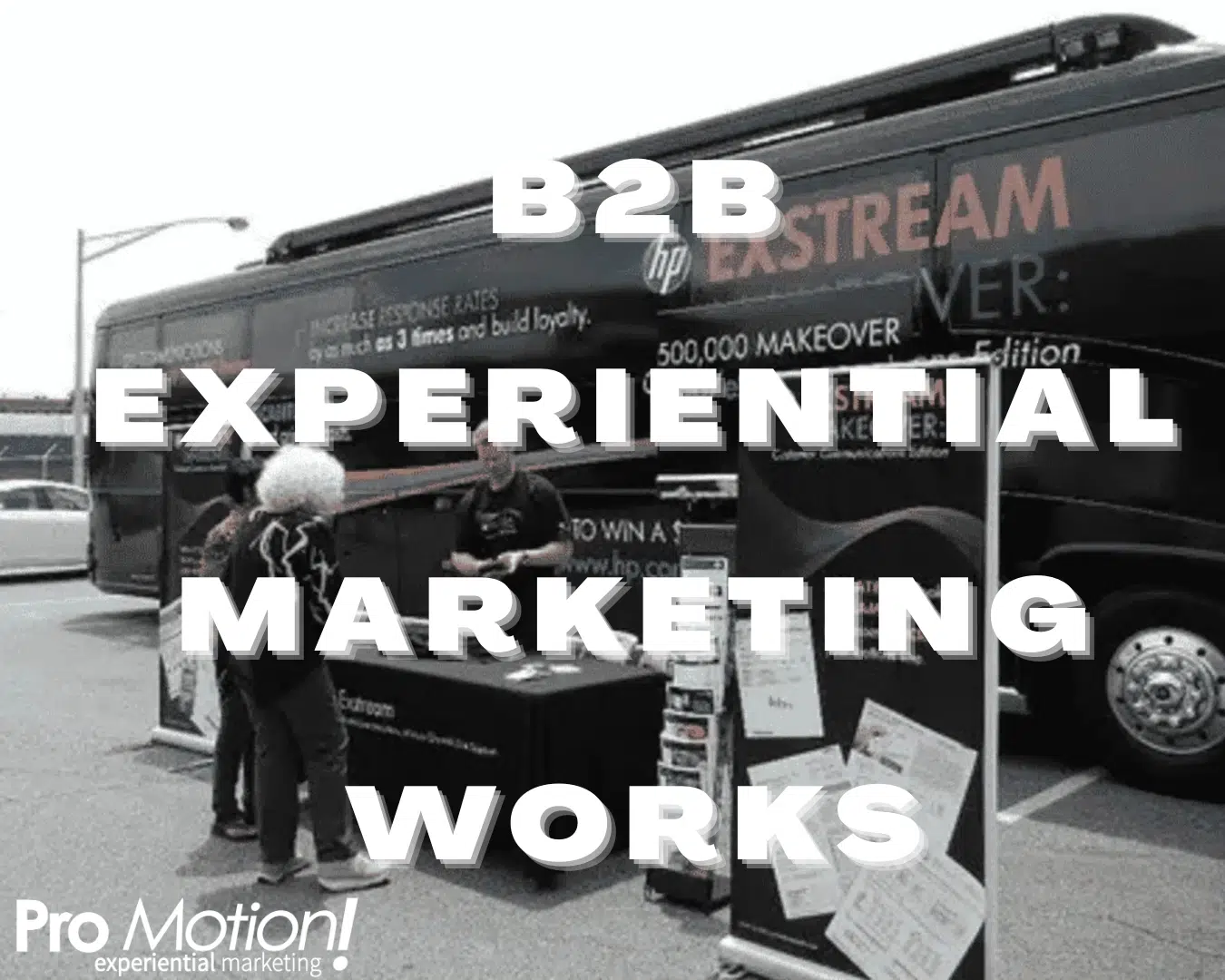B2B brands are looking for more creative and effective ways to get in front of their prospects and customers. A recent study found 75% of B2B brand-side respondents agree that experiential has proven to be the most successful tactic of their brands’ various marketing strategies.* Common sense will tell you that getting in front of your customers in an unique environment, where all your focus is on them and all their focus is on you and your brand’s story, is a positive engagement for your business. So, consider these steps as you decide if a B2B Roadshow is right for your brand.
- Start with the End in Mind – Ask yourself, what needs to happen at every client location you visit? What is the best story about your company or brand to tell? How will the customer experience your products? We have a client who wanted to focus on their “80 years of Innovation” which fit in perfectly with their new product that was loaded with innovation. In this case, the innovation story was brought to life from the past to today to the future, and their customers loved it!
- Where will the event take place? Since one of the advantages of doing a roadshow is making it easy for your customers to attend, picking the perfect location to have the event is key. There are basically two options: at the customer’s parking lot or at a neutral location. This can change in each market, and the events that draw the best quality of customers are usually the events that are held in the customer’s parking lot. However, if you have multiple distributors or customers in a market and you feel like you can draw lots of customers to one neutral location (and there isn’t a concern about potential competitors coming to the same location), then a neutral location can drive a large crowd.
- Setup all event tracking processes – Deciding what metrics to track and how to track everything is imperative. Use of technology and old fashioned jotting down customer comments and next steps will help transition each event from an experience to a sales discussion. Setting up the experience to engage dialogue between your sales team and the customer will provide insight and gain customer feedback and invaluable data for after the event is over.
- Who are the customers and prospects that need to attend? Every customer or prospect should be considered to receive an invitation to your roadshow. However, your clients who have the ability to purchase the most from you should get the first opportunity to set their date and time.
- Who at your company needs to attend the event? The key to any sales call is having the right people on both sides of the sale present and engaged. The conversation is better, the sales cycle is shortened, and there is a better opportunity to close the sale. Make sure your sales team is well represented for each event day.
- What happens after the event? Just as important as all the planning up to the event day, the days after the event are imperative to analyze the information collected and transfer it to the right person on your sales team. Connecting with your customers within 3-5 days of a roadshow will keep the interest and excitement going. Getting the next meeting set up on site while the energy and excitement is happening is key to convert this great experience into a sale.
Like most marketing initiatives, planning the entire program from start to finish will help uncover key areas to maximize the results. And, thinking through the six points above is a great start!
For more information on B2B Roadshows, give us a call! We’d love to help you understand more about how a B2B Roadshow can drive energy and revenue into your brand.
*Experiential Marketing Trend Report, Agency EA




